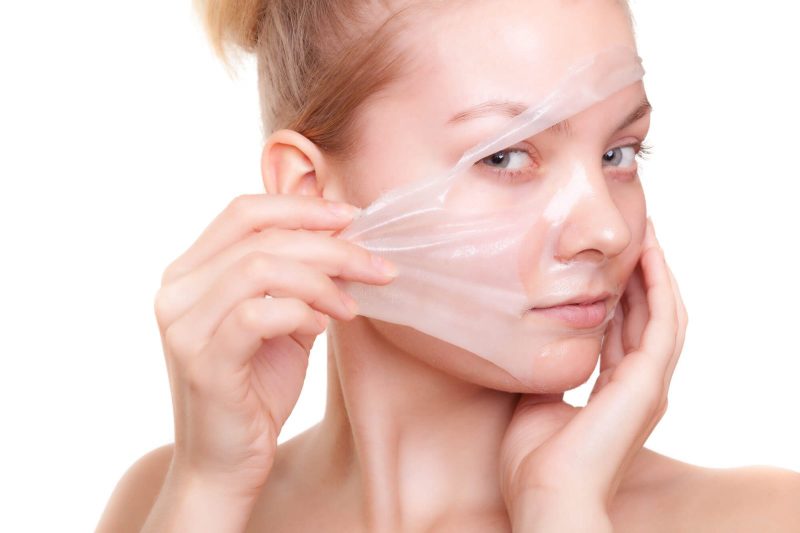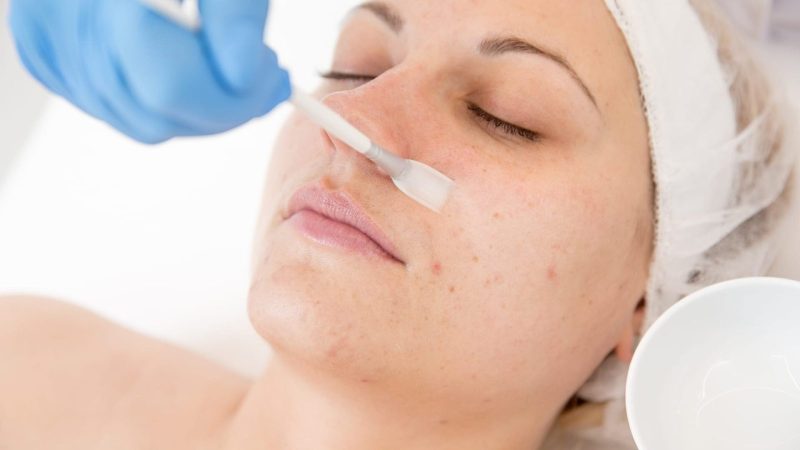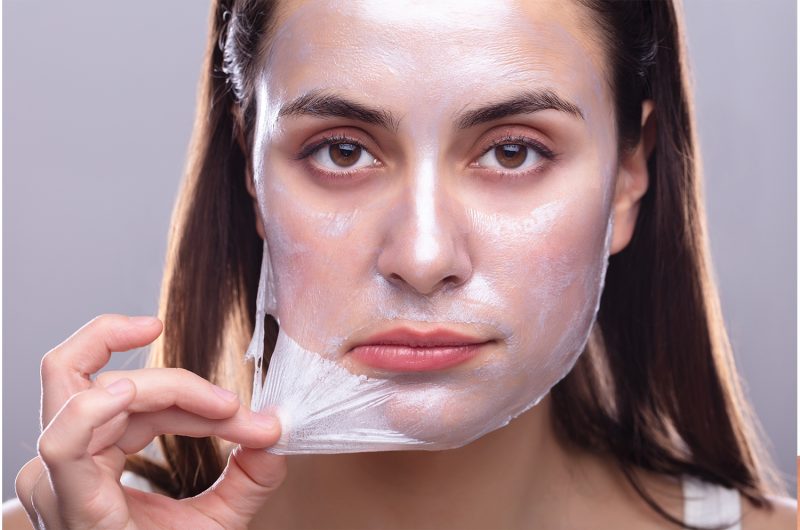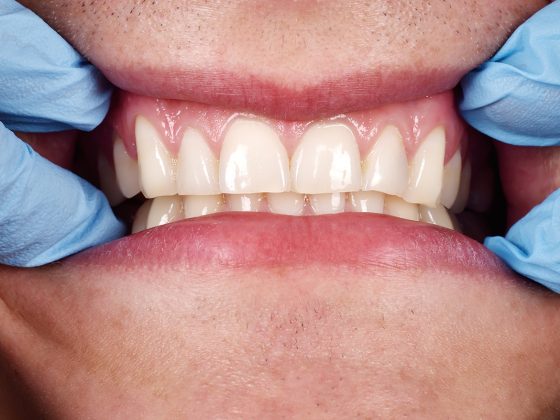A chemical peel, also known as chemexfoliation, is a cosmetic treatment where a chemical solution is applied to your skin to remove the top layers. You can use it on your face, neck, or hands. The chemical solution used peels off your outermost old skin, giving room for new skin formation that is smoother and less wrinkled. Chemical peels Albuquerque reduces fine lines, wrinkles and mild scars and treats specific acne types.
Types
1. Superficial peels

Superficial peels use glycolic acid, salicylic acid, and Jessner solution. They eliminate thin lesions on your skin surface and reduce pigment and surface dryness. The results of your first session of superficial chemical peel can be disappointing as the old skin is not entirely removed. After repeated sessions, excellent outcomes can be seen. It only penetrates the outermost layer of your skin. A nurse or a beauty therapist can perform superficial peels.
2. Medium depth peel
Medium depth peel mainly uses trichloroacetic acid. The results depend on your specialist’s concentration, usually twenty to thirty-five percent. Medium depth peel can be painful, and treated areas can become swollen, red, and clustered for several days. It improves skin texture by reducing blotchy pigmentation, freckling, and dry sunspots. A dermatologist or a plastic surgeon can perform medium depth peels.
3. Deep peel

A deep peel uses phenol, resulting in severe skin injury. Nowadays, dermatologists rarely use it for facial peels because of the high risks of scarring and its toxicity. Phenol absorption through your skin can result in fatal heart rhythm disturbances and nerve damage. Nevertheless, the deep peel effectively improves surface wrinkles and deep furrows. After a phenol peel, your treated skin will look pale and smooth, but it may be waxy and mask-like.
Procedure
In most cases, a dermatologist does chemical peels in-office and a deep peel in an outpatient surgical facility. Your specialist will clean your face and give you eye protection like goggles or gauze. The specialist may numb the affected area with a topical anesthetic, especially for deep peel patients. Your dermatologist can use a regional anesthetic for a deep chemical peel that numbs large areas.
1. Light peel
During a light peel, your specialist uses a cotton ball, gauze, or brush to apply a chemical solution to the affected site. The skin begins to whiten, and you may experience a slight stinging sensation. Once complete, the specialist removes the chemical solution or adds a neutralizing solution.
2. Medium peel

During a medium peel, your dermatologist uses a gauze or a special sponge to apply a chemical solution to your face. The dermatologist can add a blue color to the chemical solution. Your skin will whiten, and you may have a burning sensation for about twenty minutes. The blue color can last for several days after the peel.
3. Deep peel
In deep peel, your doctor uses a cotton-tipped applicator to apply phenol on your skin. Your skin will turn white or gray. The procedure takes fifteen minutes to limit skin exposure to acid.
Ensure you visit a qualified dermatologist for chemical peel treatment to prevent adverse side effects. Schedule an appointment at Freya’s Lair Medical Spa for a chemical peel to improve your facial skin appearance.


